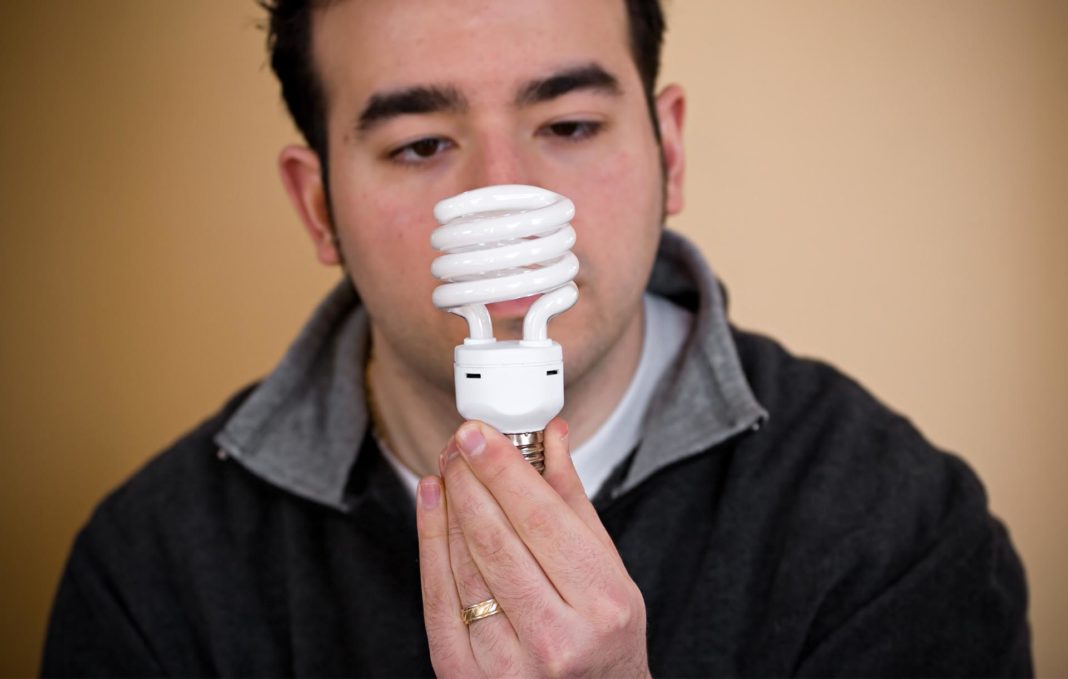As Irish households continue to battle against the squeeze on their finances, almost eight in ten of us (78%) are planning to switch at least one of our household suppliers this year, according to new research from independent price comparison and switching service, Switcher.ie.
But, despite best intentions and substantial savings to be made, fear factors continue to prevent many from actually going ahead – leaving them unable to cut their costs or secure a better deal.
For almost all household services, more people say they intend to switch provider this year than they did in 2015. The findings show that 45% plan to switch motor insurance, compared to 25% in 2015, while one in three (34%) say they plan to switch internet provider, up from 21%. Given our ongoing love affair with our mobiles, a quarter (24%) intend to switch mobile phone network, up 9% on last year.
But despite good intentions, many consumers fail to follow through. While four in ten (40%) say they plan to switch electricity in the next 12 months, almost double the amount that intended to switch in 2015 (22%), the official switching figures tell us a different story.
The Commission for Energy Regulation’s 2016 figures revealed that 14% of Irish people actually switched electricity in 2016[6] – and so far in 2017, average switches per month are broadly in line with the numbers from last year.
So, while the intent to switch is there, it’s clear that people don’t always go ahead with it. In fact, three in five (59%) people said that they had previously thought about switching utility provider, but didn’t switch in the end.
According to a recent working paper from the ESRI, the longer a customer has been with a supplier, the less likely they are to switch. And this loyalty simply doesn’t pay, with longstanding customers frequently left languishing on more expensive tariffs or plans than new customers.
Taking just one household essential – energy bills – this loyalty could mean customers are up to €318 out of pocket, as anyone who hasn’t switched in the last year will likely be on their supplier’s standard tariff, which will be more expensive than the initial discounted rate.












